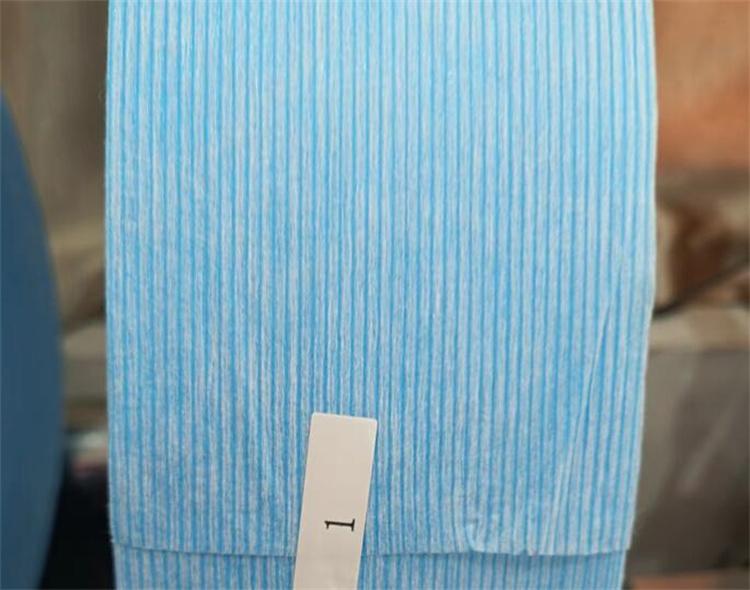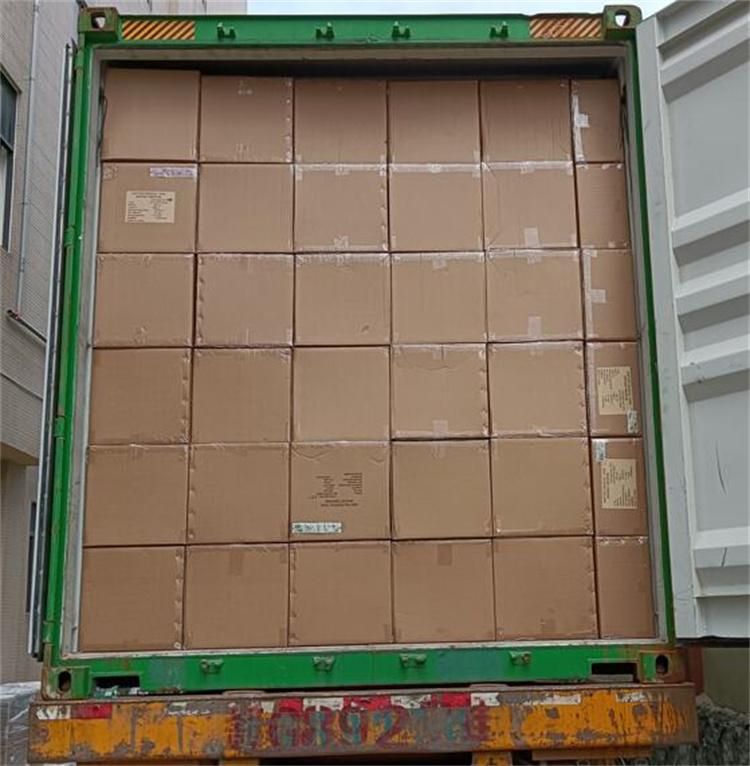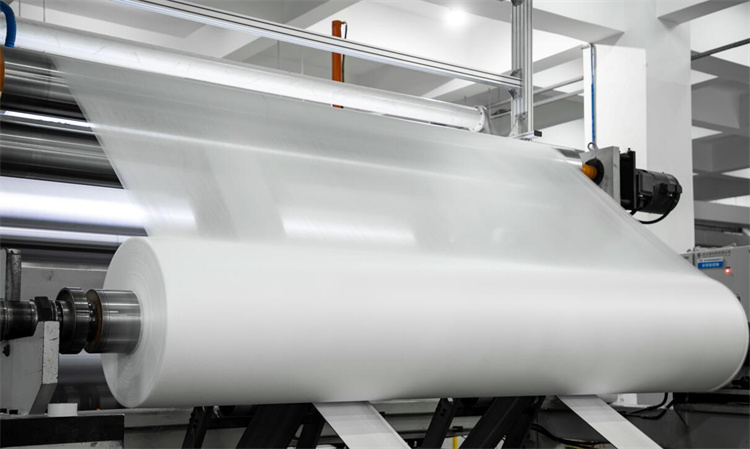What is a hydrophilic non woven fabric?
Hydrophilic non woven fabric is the opposite of hydrophobic non woven fabric. The hydrophilic non woven fabric is the addition of a hydrophilic agent in the production process of the non woven fabric, or adding a hydrophilic agent to the fiber during the fiber production process, and then the non woven fabric produced is the legendary hydrophilic non woven fabric.

1. The hydrophilic non woven fabric has good performance
Hydrophilic non woven fabric is made of ordinary polypropylene spunbond non woven fabric after hydrophilic treatment, which has good hydrophilicity and permeability;
It is an environmentally friendly textile fabric with the characteristics of breathability, light weight and water absorption; it is mainly used in sanitary products, such as diapers, paper diapers, and the surface layer of sanitary napkins, which can penetrate quickly to keep dry and comfortable. It can be said that the application is very common in our life.

2. Why should a hydrophilic agent be added to the hydrophilic non woven fabric?
This is because the fibers or non woven fabrics in the hydrophilic non woven fabric are high molecular polymers, which themselves have few hydrophilic groups or no hydrophilic groups, and cannot achieve the hydrophilic properties required in the application of non-woven fabrics. Therefore, a hydrophilic agent is added to increase its hydrophilic group.
3. What is the hydrophilic agent in the hydrophilic non woven fabric?
The hydrophilic agent in the hydrophilic non woven fabric can rapidly decrease the surface tension. Most of them are long-chain organic compounds, and there are both hydrophilic groups and lipophilic groups in the molecules.
a. Types of surfactants: ionic (anionic, cationic and amphoteric) surfactants and nonionic surfactants.
b. Non-ionic surfactants: polysorbate (Tween)-20, -40, 60, 80, sorbitan monolaurate (Span)-20, 40, 60, 80, poly Oxyethylene lauryl ether (Myrj)-45, 52, 30, 35, emulsifier OP (nonylphenol polyoxyethylene ether condensate), milk lark A (polyoxyethylene fatty alcohol ether), sishma Ge-1000 (polyoxyethylene and cetyl alcohol adduct), Pluronic (polyoxyethylene polypropylene glycol condensate), glycerol monooleate and glycerol monostearate, etc.
c. Anionic surfactants: soft soap (potassium soap), hard soap (sodium soap), aluminum monostearate, calcium stearate, triethanolamine oleate, sodium lauryl sulfate, sodium cetearyl sulfate, sulfated Castor oil, sodium dioctyl succinate sulfonate, etc.
d. Cationic surfactants: Jieerfen, Xinjieerfen, benzalkonium chloride, benzalkonium chloride, hexadecanetrimethyl bromide, etc.; almost all of them are disinfectants.
e. Amphoteric surfactants: less are also disinfectant preservatives.
Hydrophilic non woven fabric is actually very common in life. Its application range will increase with the development of science and technology. In addition, its materials are environmentally friendly and cheap, and it will be a major trend in the daily necessities industry in the future.








 Email: info@whldiapernonwoven.com
Email: info@whldiapernonwoven.com MP/WhatsApp: +86-13599937366
MP/WhatsApp: +86-13599937366 Manufacturer Address:Room 1105B, Bld M1, Manhattan, Yulongwan, Shimao, Shuanglong Road, Meiling Street, Jinjiang, Fujian, China
Manufacturer Address:Room 1105B, Bld M1, Manhattan, Yulongwan, Shimao, Shuanglong Road, Meiling Street, Jinjiang, Fujian, China